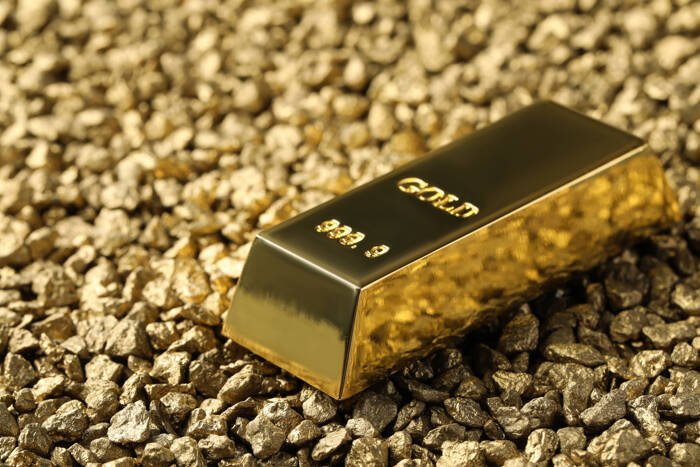The 10-year U.S. Treasury yield rose 4.5 basis points to 4.493%, while the Dollar Index (DXY) advanced 0.33% to 99.89, buoyed by robust consumer confidence data from the Conference Board, which marked the highest level in four years. “Investors are adopting a wait-and-see approach as the Fed weighs stagflation risks,” noted a senior analyst.
Silver Resilient Amid Mixed Market Forces
In contrast, silver prices edged higher to around $33.22 per ounce. The metal found support from safe-haven demand amid geopolitical tensions, though its gains were capped by the same factors that pressured gold—rising yields and a firm dollar. Price action reflected modest support but lacked the momentum for a significant breakout.
Long-Term Outlook Remains Constructive for Precious Metals
Despite recent price weakness, the long-term outlook for gold remains positive. Geopolitical risks continue to underpin demand for safe havens, while central banks and major importers are increasing their purchases.
Swiss customs data showed U.S. gold imports into Switzerland in April surged to the highest levels since at least 2012. Meanwhile, China’s net gold imports via Hong Kong more than doubled month-on-month, marking the highest since March 2024.
Focus Shifts to U.S. Economic Data
Markets now await key U.S. data releases, including the second estimate of Q1 GDP and the Fed’s preferred inflation gauge, the Core Personal Consumption Expenditures (PCE) Price Index. These data points could influence the monetary policy outlook, with money markets pricing in roughly 45 basis points of easing by year-end.
Gold and silver are navigating a complex macroeconomic landscape, balancing near-term headwinds from stronger yields and a firmer dollar against underlying support from geopolitical uncertainty and central bank demand.




